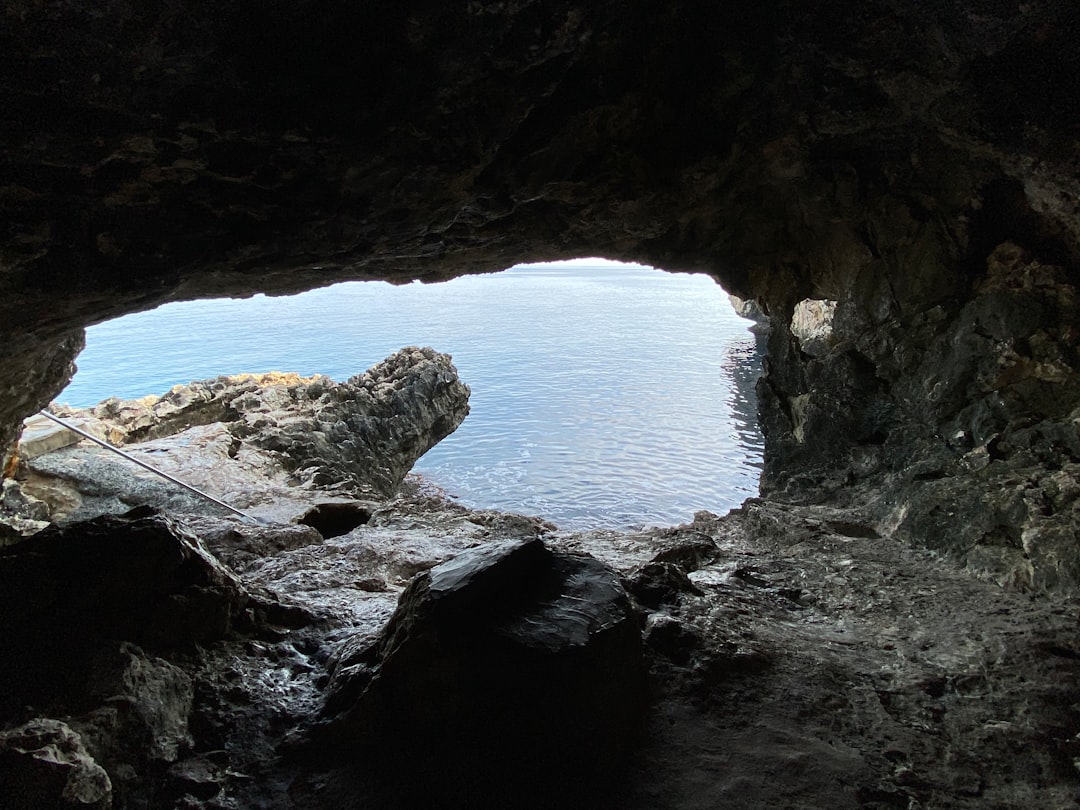Introduction
The discovery of ancient burial sites has long fascinated archaeologists and historians. One such discovery was made in the England in 2019, where a 2,000-year-old Saxon burial site was unearthed. A team of archaeologists made a remarkable discovery in England, unearthing a 2,000-year-old Saxon burial site. The site is believed to date back to the early Saxon period and contains a wealth of valuable artifacts and information that can shed light on the lives of these ancient people. This discovery is a significant addition to the knowledge of the Saxon period in English history and provides new insights into the cultural practices of this period.
Saxon Burial Site: An Overview
The discovery of a 2,000-year-old Saxon burial site has opened a window into the lives and customs of an ancient people. The site, located in the heart of England, has yielded a wealth of archaeological treasures that shed light on the beliefs and practices of the Saxons. From pottery and jewelry to weapons and human remains, the site has provided a fascinating glimpse into a world that existed centuries ago. The discovery of the burial site offers a glimpse into the life and death of the people who lived in the area during the early medieval period.
The 2,000-year-old Saxon burial site provides valuable insights into their cultural practices, religious beliefs, and social hierarchy. The burial artifacts and remains found at the site are of immense historical and archaeological significance and shed light on the customs and traditions of the Saxons who lived in the area. The excavation and study of the burial site have contributed greatly to our understanding of the early medieval period in England. This article will explore the discovery of the burial site, the artifacts that have been found, and what they tell us about Saxon life and culture.
Discovery of the Burial Site
The burial site was discovered in a field in Suffolk, United Kingdom, by a team of archaeologists. The discovery of the Saxon burial site provided valuable insights into the burial practices and cultural beliefs of the Saxons, revealing a wealth of artifacts and human remains. The site contained a total of six graves, with each grave holding the remains of an adult male. The graves were aligned east to west, which was a common practice during the Saxon era. The site also contained various grave goods, including jewelry, weapons, and other artifacts.
Significance of the Burial Site
The discovery of the Saxon burial site was significant for several reasons. Firstly, it shed light on the burial practices and customs of the Saxons. The grave goods found at the site indicated that the Saxons believed in the afterlife and that they believed in the importance of having their possessions with them in the afterlife. The weapons found in the graves also suggested that the Saxons believed in a warrior culture. Secondly, the discovery provided insight into the daily life of the Saxons. The artifacts found in the graves included items such as combs, belt buckles, and pottery, which offered insight into the craftsmanship and trade of the Saxons.
Excavation of the Burial Site
Archaeologists conducted a thorough excavation of the burial site, carefully uncovering the remains and artifacts to shed light on the lives and customs of the Saxons who lived there. The excavation of the burial site was a delicate process that required the use of modern archaeological techniques. The archaeologists used ground-penetrating radar to map the site and to identify the location of the graves. Once the graves were located, the archaeologists carefully excavated each grave, taking care to preserve the remains and the grave goods. The artifacts found at the site were then cleaned, cataloged, and analyzed in a laboratory.
Mystery Surrounding the Burial Site
Despite the discoveries made at the burial site, there are still many mysteries surrounding the Saxons and their burial practices. For example, it is still unclear why only adult males were buried at the site, and what the significance of the grave goods was. The site also raises questions about the role of women in Saxon society, as no female remains were found at the site. The mystery surrounding this burial site still lingers, as archaeologists continue to uncover more clues and piece together the story of this ancient Saxon community.
Conclusion
The site provided insight into the burial practices, daily life and times, and beliefs and custums of the Saxons, and it offered a unique glimpse into the past. Despite the mysteries that still surround the site, it has provided valuable information that will help to further our understanding of the Saxons and their culture. Overall, the unearthing of the 2,000-year-old Saxon burial site has provided archaeologists with a rare and valuable glimpse into the lives and traditions of the early Anglo-Saxon people, shedding new light on their cultural practices, social structures, and beliefs.


